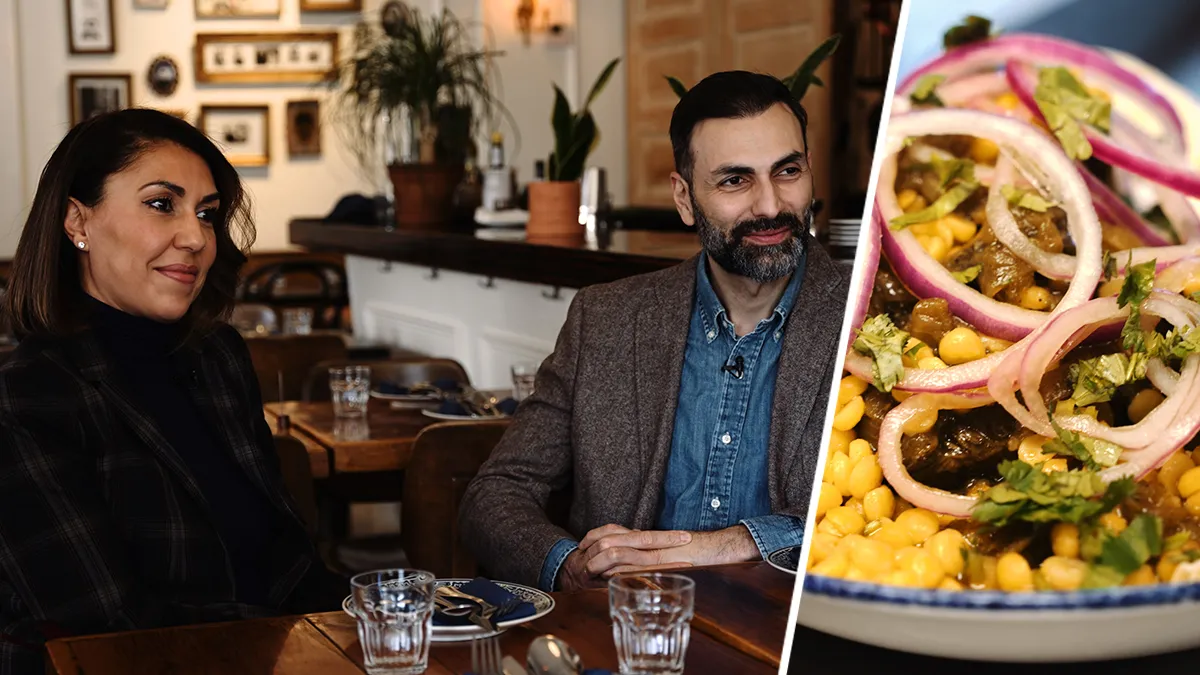The Three Servicemen Statue at the Vietnam Veterans Memorial has been restored to its original patina. The sculpture was rededicated Thursday.
The sculpture was first dedicated in 1984. Twenty-five years of weather and millions of visitors’ hands had worn down the finish on the troops’ faces, arms, hands and guns. The worn areas turned a greenish-blue.
The statue features three men carrying infantry weapons and Vietnam War-era uniforms that were intentionally designed to be from any branch of the U.S. military, but are often thought to depict a diverse group of two soldiers and a Marine. The figures are looking toward the wall of names.
It took six weeks for Baltimore-based New Arts Foundry to complete the restoration. They performed the work on-site, in an enclosure that contained windows so visitors could watch the work in progress.
The project was funded by the Vietnam Veterans Memorial Fund and the National Park Service. VVMF raised about $125,000 for the work.
The restoration is part of a maintenance program the VVMF began last fall to assist NPS with the upkeep of the site. The statue will now undergo regularly scheduled maintenance, including waxing, to preserve the new patina and prevent future damage, foundation officials said.
The Three Servicemen statue was not part of the original design for the memorial, but was added to appease critics who thought landscape architect Maya Lin’s design was too abstract. Controversy over the look of the striking, evocative memorial died quickly after its unveiling in 1982.
Local
Washington, D.C., Maryland and Virginia local news, events and information
The late artist Frederick Hart had placed third in the memorial design competition and was commissioned to create the statue. The original patina was designed by artist Elliot Gantz and included combinations and gradations of many different colors. Gantz also designed the restoration patina.
The statue’s lead soldier was modeled after a 21-year-old Marine who was stationed in the Washington, D.C., area in 1983. The soldier carrying the gun on his shoulder was modeled after a Cuban-American, and the African-American is a composite of several young men used by the sculptor as models, according to the VVMF.
Hart once described his goal for the work in this way, according to the VVMF:
"The portrayal of the figures is consistent with history. They wear the uniform and carry the equipment of war; they are young. The contrast between the innocence of their youth and the weapons of war underscores the poignancy of their sacrifice. There is about them the physical contact and sense of unity that bespeaks the bonds of love and sacrifice that is the nature of men at war. And yet they are each alone. Their strength and their vulnerability are both evident. Their true heroism lies in these bonds of loyalty in the face of their aloneness and their vulnerability."



